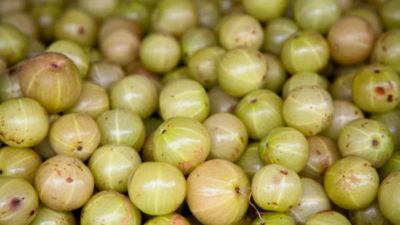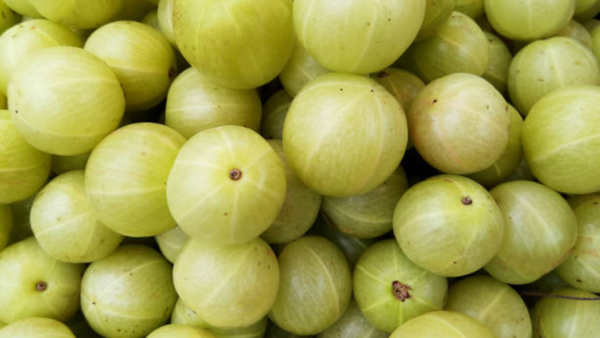
Amla it is a favorite dish of Indians in winter. When winter comes, every Indian family prepares to take advantage of it in every possible way. Be it amla candies, or amla shots, or amla ki chutney, every recipe using amla only adds to the nutritional benefits.
So what makes amla an undisputed food? Let’s decipher its nutritional composition:
Amla is rich in vitamin C, an immune-boosting vitamin
Amla boasts an extraordinary concentration of vitamin C, far surpassing most other fruits. A 100-gram serving of fresh amla contains up to 600-700 mg of vitamin C, making it one of the richest natural sources of this vital nutrient. What sets amla apart is its ability to retain vitamin C even after processing or drying, a trait attributed to its unique tannins. This antioxidant supports immunity, skin health and wound healing, and fights oxidative stress.
6 Daily Habits for a Younger Look Revealed
The tannins present in amla stabilize the vitamin C content
Amla has emblicanin A and B; the fruit contains tannins that are not found in any other fruit. These antioxidants are powerful and improve the stability of vitamin C and the effectiveness of amla. Tannins are responsible for anti-inflammatory and anti-aging activities related to cardiovascular and neurological health, Emblicanin A and B may serve to protect the liver and enhance detoxification.
Quercetin in amla is anti-inflammatory
While quercetin is present in several plant-based foods, amla contains unique quercetin glycosides, which are derivatives of this powerful flavonoid. These compounds improve bioavailability, allowing the body to better absorb and utilize their antioxidant and anti-inflammatory properties. The quercetin glycosides in amla help improve heart health, reduce allergy symptoms, and better regulate blood sugar.

Amla is rich in dietary fiber and pectin
Amla is a rich source of natural pectin, a soluble dietary fiber essential for a healthy digestive system. The pectin in amla supports the gut microbiota by acting as a prebiotic, feeding beneficial bacteria in the digestive system. It also helps regulate bowel movements, lowers cholesterol and stabilizes blood sugar. Amla’s unique pectin content ensures smoother digestion and better absorption of nutrients.
How to add amla to your diet
- Eating raw amla is the most effective way to maximize its nutrients.
- Mix fresh amla juice with water or honey for a refreshing drink.
- Add it to smoothies, water or yogurt.
- Amla pickles and candies are popular in Indian families, but should be consumed in moderation due to added salt or sugar.
- Amla extracts and capsules are convenient options for regular consumption.










